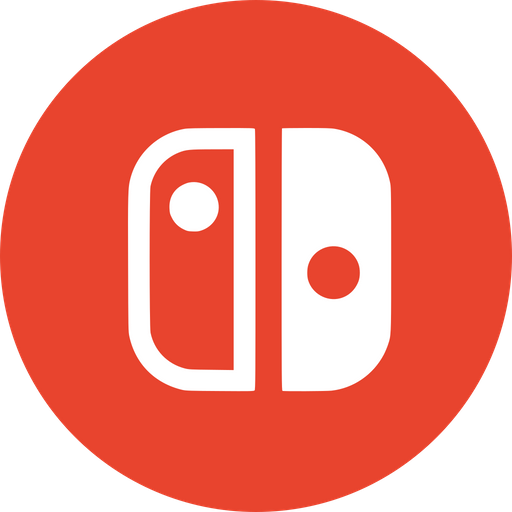

Honestly, the guy is absolutely full of crap, but this is a solid point. The question is where the clicks AI summaries are absolutely killing are coming from.
I can’t imagine this will survive forever, considering that Google has already gone through the loop of getting nuked from orbit by the EU by summarizing news content once. Even if AI wasn’t involved in this at all, it’s of very dubious legality in… well, wherever Google News got swiftly shut down.


I was about to pull the trigger on the VII, but it’s currently sold out with no end in sight other than importers. The price is what kept me back from updating to it, but clearly it didn’t stop enough people to keep it in stock.